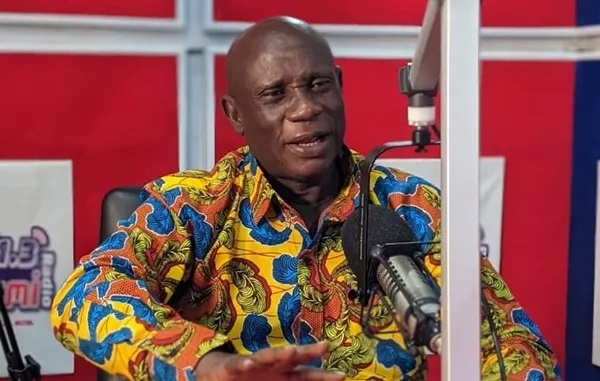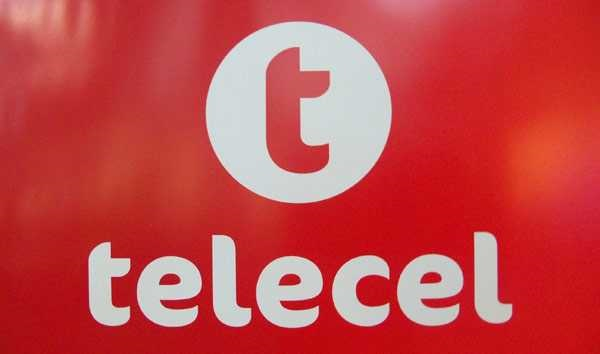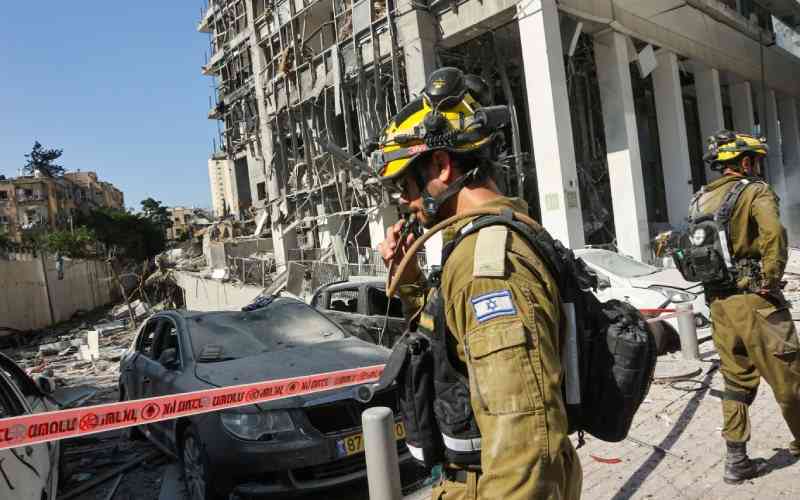Israel was hit by a new wave of Iranian missiles on Thursday, with a major hospital in the south sustaining “extensive damage,” according to officials. Iran says the target of the strike was a nearby technology park it claims was used by the Israeli military. Israel attacked Iran’s Arak nuclear facility near the center of the country, with no major damage reported.
• Israel’s defense minister said he has instructed the Israeli military to “intensify strikes against strategic targets” in Iran, citing “deliberate attacks” against hospitals and residential buildings.
•While saying earlier that his patience “has already run out” with Tehran, US President Donald Trump indicated he has not yet made a final decision on US involvement. Trying to avoid prolonging the conflict has become Trump’s top imperative, sources told CNN.
Supreme Leader Ayatollah Ali Khamenei said in a national address that Iran will not surrender and warned that any US military intervention would result in “irreparable damage.”

































